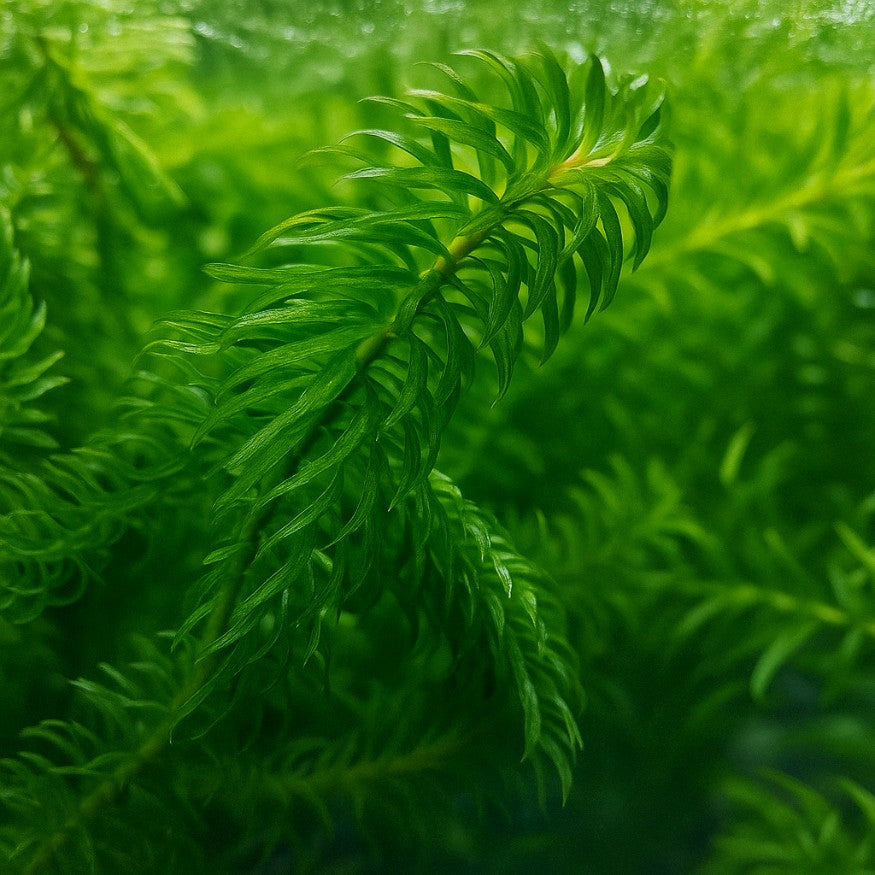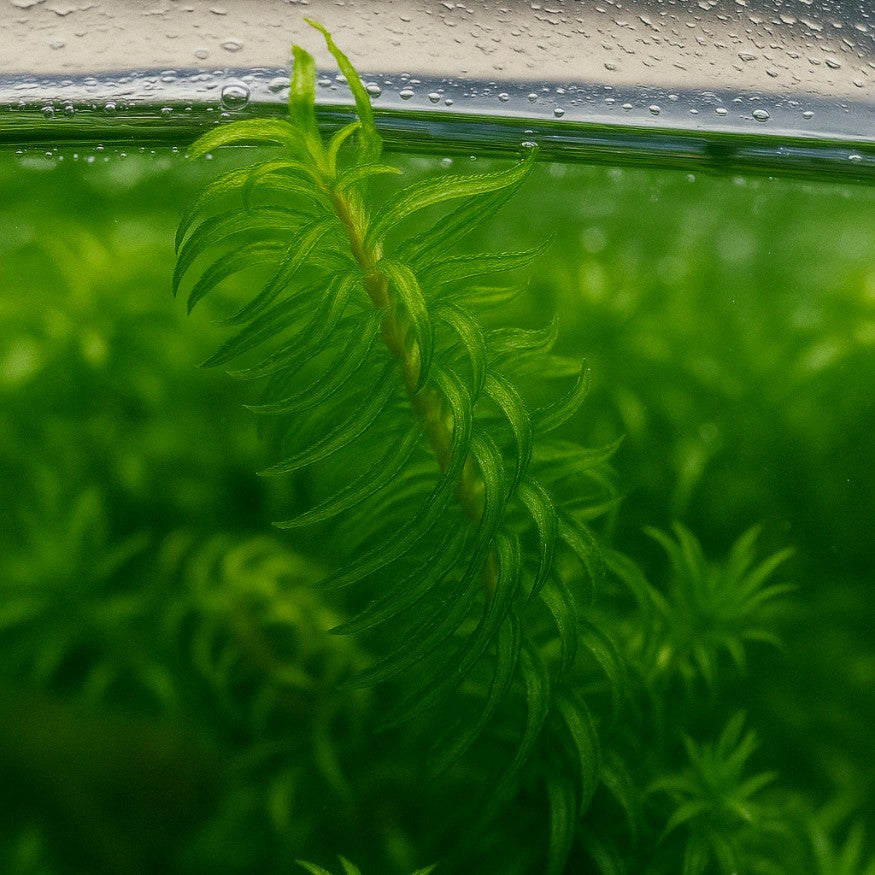Egeria najas (Elodea)
Egeria najas (Elodea)
Unable to load pickup service availability
(set of 3 plants)
A lesser-known cousin of elodea, even more robust and more pushing!
And with the same anti-cyanobacterial properties, in aquariums as well as in ponds.
A kind of elodea... doped.
Everyone knows elodea (Egeria densa), but its cousin Egeria najas is less known and less widespread. And one wonders why!
"Perhaps she is just a little more sensitive to the cold. But she spends the winter outside without any problems nonetheless. She will stop her growth a little earlier in the autumn than the classic elodea, and will start again a little later in the spring."
On the other hand, for the rest, it is the ideal plant for those who want naturalness, and it surpasses its competitor.
The pH: she doesn't care.
Hardness: she is unaware of it, with a tolerance much wider than that of Egeria densa.
Nitrogen (nitrates): the more there is, the more she eats!
Light: the more there is, the faster it grows, but if there is little, it adapts by becoming thinner and darker.
Snails: almost none nibble on its leaves, which are even more resilient than those of elodea.
The fish: none can overcome it, not even the most herbivorous!
The ground: she couldn't care less...
Cyanobacteria: it produces (like elodea) antibiotic molecules that combat them.
The only maintenance of this plant in a pond is... to remove it when it grows too much! With it, the jungle is guaranteed.
In an aquarium or natural pond logic, where the principle is to use plant growth to replace any technology, it is the typical plant. It transforms nitrates, phosphates, and other pollutants into plant matter, and abundantly oxygenates the water. In fact, it is almost always seen "bubbling" so active is its oxygen factory!
A simple fragment gives back a whole plant, and it is often the head that detaches. Before this happens, I advise you to cut it lower, so that it regrows from the base and forms more beautiful bouquets coming from the bottom.
On the other hand, even if it sends a few rare "roots" downwards and anchors itself there, it does not have a real need for them. This anchoring is meant to resist the current, not to feed. It is indifferent to the soil, and simple sand is enough. It only feeds in the water through its leaves and is made to live in a floating mode.
Place a handful in your ponds or your trash aquariums, and let it live, oxygenate the water and clean it with the only source of energy being sunlight.
And, if it takes up too much space, remove another handful.
"At most, one can blame her for being... too natural: aquascaping enthusiasts and those who prefer 'French gardens' will quickly find her appearance 'too wild'!"
This lot includes 3 rods.
Our plants are guaranteed bare root, without rock wool, or any artificial substrate, ready to adapt to their new environment.
"As with elodea, and although it is not classified as an invasive plant, I ask you not to spread it in nature."
Indicative weight: 11g
Share
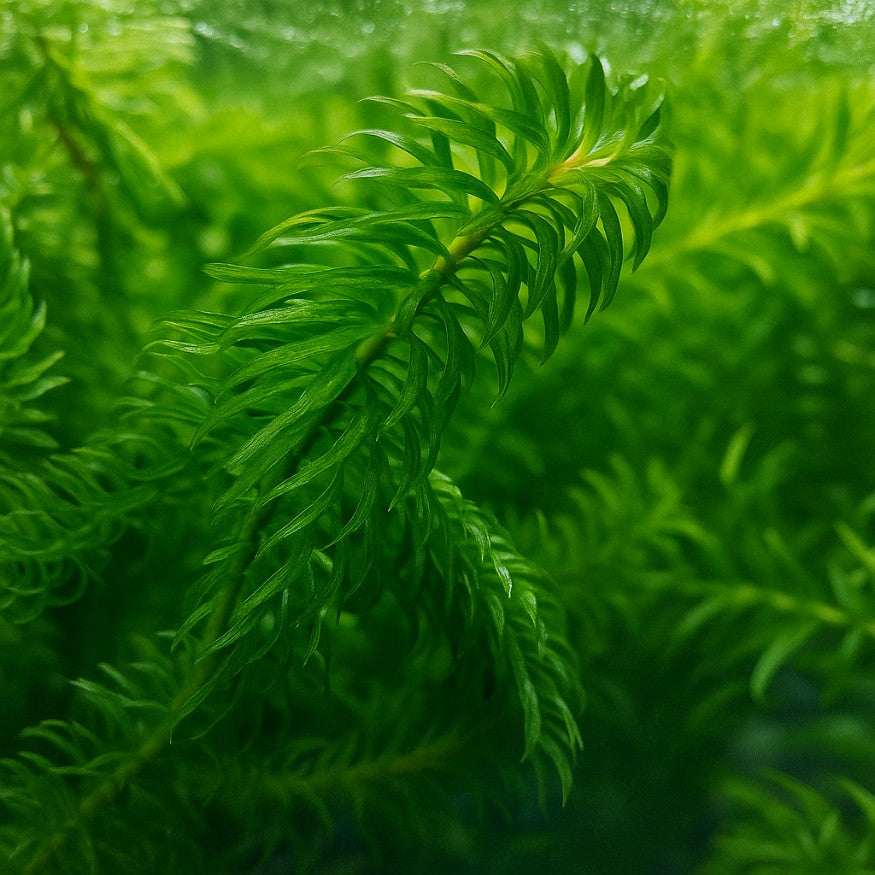
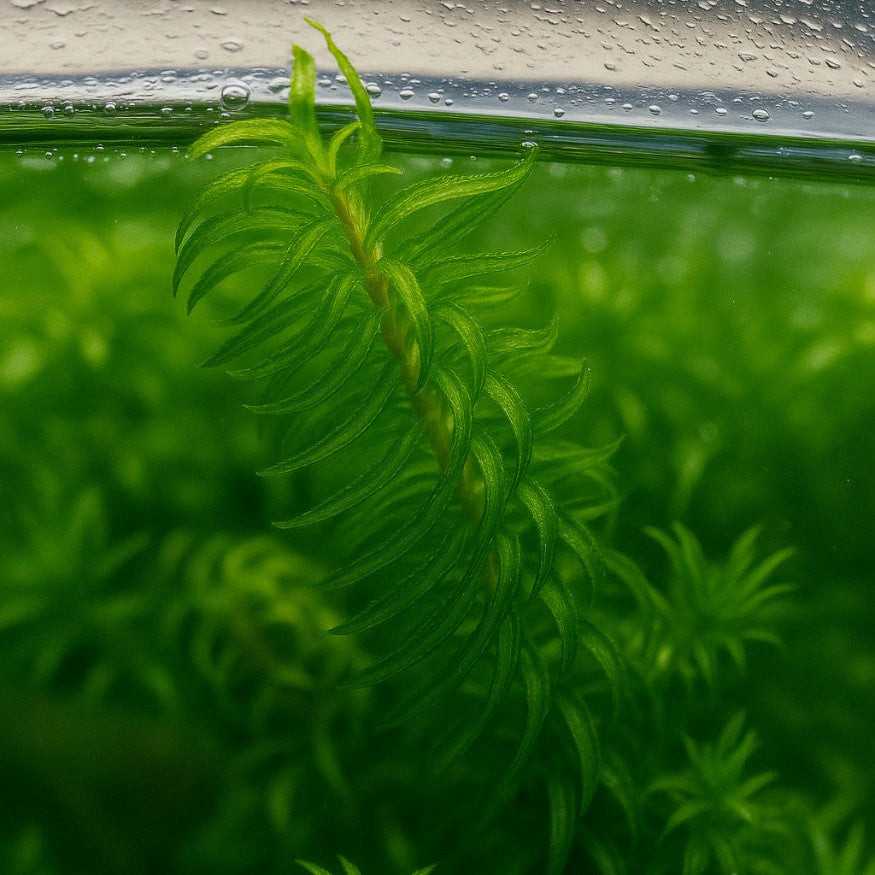
-

Sécurité des envois
Vos articles vivants sont expédiés du lundi au mercredi midi pour éviter tout blocage le week-end.
L'acheminement s'effectue dans un délai indicatif de 48H.
Pour la France, un mode de livraison Express est disponible pour un envoi jusqu'au jeudi midi. -
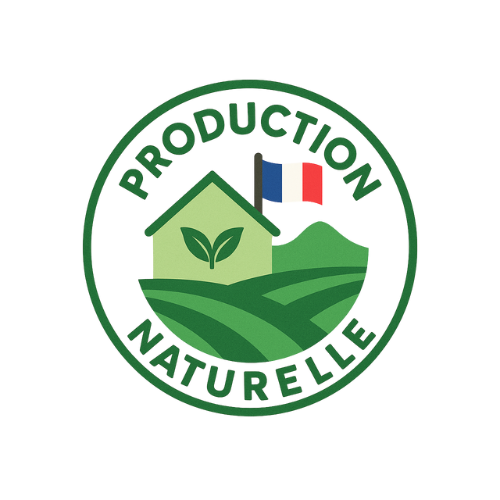
Producteur 100% français
Nous sommes producteurs et éleveurs de plantes et d’invertébrés
aquatiques, dont nous sélectionnons et testons nous-mêmes les
espèces les mieux adaptées à l’aquariophilie naturelle ou low-tech.
Nous les conditionnons à la main pour chaque commande juste avant son envoi : la fraîcheur est donc maximale. -

À votre service
Pas de robots chez Aquazolla !
Nous répondons à vos questions par mail et nous efforçons de nous adapter à vos besoins particuliers : congés, dates d'envoi, conseils, etc.
